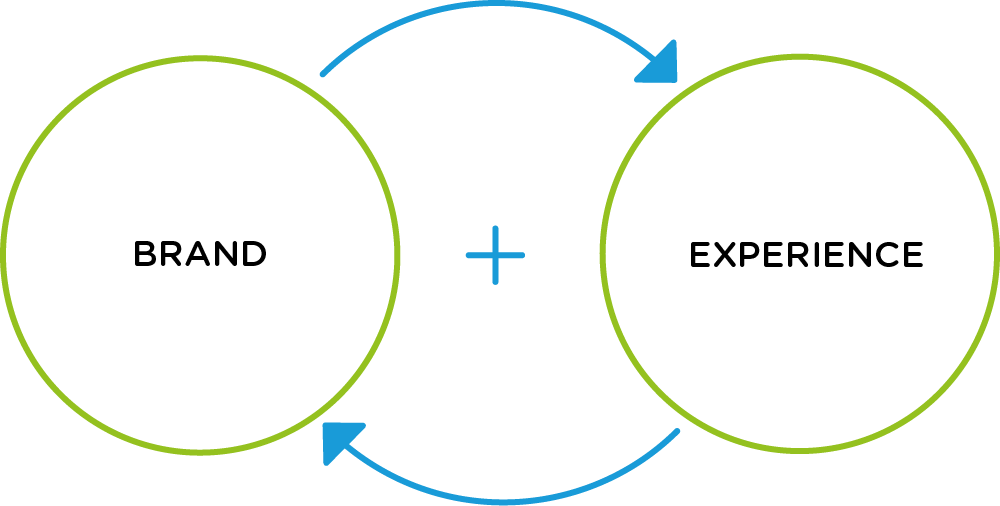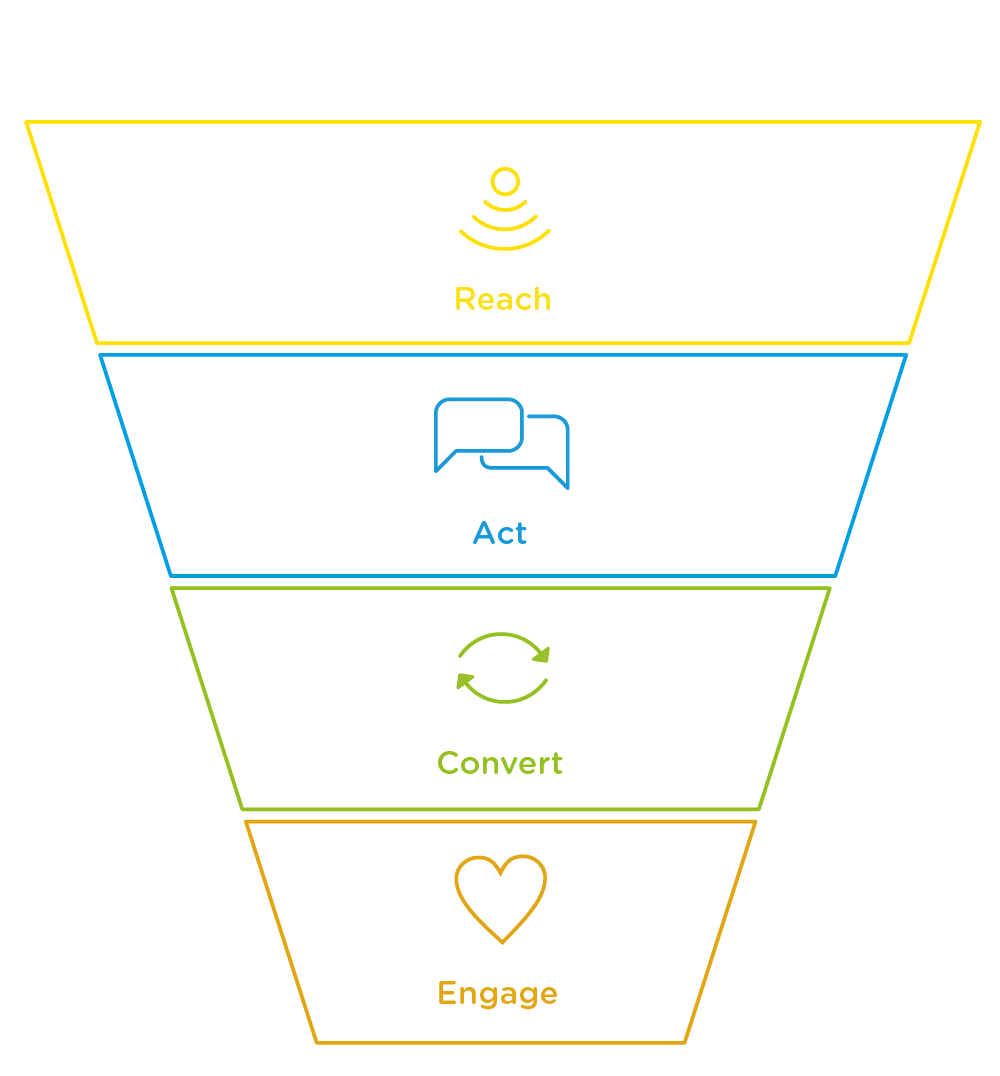Employer branding is not a sprint or even a short run. It is more like a long-distance march consisting of dozens of small steps, minor improvements, and repeated interactions with people. In a long-distance march, it is (mostly) not about speed, but about endurance, direction, and cohesion. Sometimes you go slowly, sometimes faster, but the important thing is not to stop and to keep going.
Author of the photo:Christian Buergi
Gradual Brand Building
An employer brand is built gradually—from within and naturally. Smaller companies have a huge advantage in this regard. They don’t have to waste time coordinating complex structures.
Every step can be immediately reflected in reality—for example, through a new way of communicating with applicants, improved onboarding, or a more open corporate culture.
Employer branding is not about budget. It’s about attitude:
- how we think about people,
- how we talk to them,
- how we involve them in what’s going on.
Everyday experience is the essence of an employer brand, because it determines how people talk about the company and what impression it leaves.

What Is Experience
Experience is not what we say, but what people feel. It is a mosaic of impressions, interactions, gestures, tone of voice, and messages that candidates and employees associate with your company.
Every touchpoint with the company—the first email, phone call, interview, first day at work, training, evaluation, or coffee chat—creates a piece of their perception of the employer brand.
Experience is what people talk about when you’re not in the room.
- A candidate remembers whether anyone got back to them.
- A new hire knows whether the team is interested in them.
- An employee senses whether they have the space to influence things around them.
- A former colleague considers whether to recommend you to others.
It is in these small moments that a company’s reputation is born. Experience is not a design project. It is the life of a company – and the most convincing brand ambassadors are the people who experience it themselves every day.
The Candidate and Employee Journey According to the RACE Model
To understand where the brand originates and where it can be strengthened, we can divide the employee journey according to the RACE model – Reach, Act, Convert, Engage. This framework shows that employer branding is a process – not a one-off event, but an endurance race.
Each phase brings a different experience, a different type of communication, and a different way of engaging employees.

1. Reach – We Address the Right People
First impressions are crucial. People who hear about you for the first time form their initial impression. However, it is not just about making your company known, but also about ensuring that people understand who you are, what you do, and why it makes sense. Clear and human communication not only helps attract attention, but also creates understanding, which is the basis of trust. Often it’s not what you say, but who says it and what message they’re really conveying.
How to do it:
- Show real people, environments, and authentic situations.
- Give employees space to share their work stories or reasons for staying with the company.
- Check that your website or social media profile reflects reality—photos, descriptions, tone of communication.
How to get your team involved:
- Encourage employees to share their work stories, photos, and experiences.
- Involve them in creating content for the company’s social media and website.
- Recognize those who naturally represent the company externally.
- Support their role as ambassadors for the employer brand.
What to measure:
- traffic to the career page,
- engagement with employee posts,
- percentage of candidates from personal referrals.
2. Act – Captivate and Activate Interest
When a candidate clicks, reads, or asks questions, they are already thinking about you. Now it’s a matter of showing them a reason to continue.
How to do it:
- Write clearly and naturally, without clichés.
- Use employee voices – interviews, mini-videos, authentic experiences.
- Simplify the application process, respond quickly, personally, and humanely.
How to involve the team:
- Let colleagues answer candidates’ frequently asked questions.
- Share moments from a typical workday – not staged, but real.
- Make room for team contributions on company networks.
What to measure:
- conversion rate from visitors to applicants,
- time between application and first contact,
- number of employee referrals.
3. Convert – From the Selection Process to the First Weeks at the Company
The Convert phase covers the entire process from the selection process to the new employee’s start date and integration into the team. This is the period when the fundamental experience with the company is formed – from the first contact with the HR manager, through the interviews themselves, to the first day at work. The goal of this phase is not only to select the right person, but also to ensure that every candidate – regardless of the outcome – leaves with a positive impression and confidence in the company.
How to do it:
- Set up a fair, transparent, and humane selection process. Candidates should always know what stage they are at and what to expect next.
- Respond in a timely manner, with respect and a personal approach. Every communication affects the company’s reputation.
- After accepting the offer, follow up with a smooth onboarding process that will help the newcomer understand the culture and teamwork.
- Assign a mentor or “buddy” to help the new colleague through their first few weeks.
- Create a clear plan for the first few days—what they will learn, who they will meet, what the goals and expectations are.
How to involve the team:
- Involve colleagues during the selection process—they can participate in interviews, introduce the real environment, and answer candidates’ questions.
- After joining, help the newcomer get involved in the team – a personal welcome, a joint lunch, or a short team introduction work better than a formal presentation.
- Encourage the sharing of experiences so that the team is aware of its role in shaping the first experiences of new colleagues.
What to measure:
- candidate satisfaction after the selection process,
- speed and quality of communication during recruitment,
- new hire satisfaction after the first month,
- completion of the onboarding plan,
- turnover during the trial period
4. Engage – Maintain and Develop Relationships
A strong brand comes from within. From everyday work, communication, and mutual respect. Engagement is like the bottom of an imaginary employer branding funnel – a foundation that must be solid in order to support everything above it. If people within the company do not feel secure, meaningful, and confident, everything else will fall apart sooner or later. That is why engagement is not about benefits, but about a sense of belonging, trust, and a shared direction that holds the company together.
How to do it:
- Appreciate achievements, small improvements, and cooperation.
- Give people space to influence what happens in the company.
- Encourage mentoring and experience sharing among colleagues.
- Keep in touch with former employees—alumni often become brand ambassadors.
How to get the team involved:
- Offer employees the opportunity to get involved in company communications or training newcomers. Also encourage them to participate in professional or community events where they can present the company, share know-how, or educate potential colleagues.
- Plan community activities together—even small ones have a big impact.
What to measure:
- internal NPS,
- referral rate,
- participation in internal programs,
- returns of former employees.
Employer Branding in Practice
Employer branding is not an abstract concept. It is an everyday practice. Every email, conversation, response to a problem, or praise for a job well done is part of the brand.
Smaller companies have the advantage of proximity and authenticity. They don’t have to look for stories—they live them.
And every team member can be the face of the brand.
- When they share why they are proud of their work.
- When they help a newcomer get through their first week.
- When they speak respectfully about the company, even when someone leaves.
An employer brand is not born from a graphic manual. It is born from a culture that is genuine.
Conclusion
Whether you perceive employer branding as a long-distance march or an endurance race, its essence remains the same—perseverance, direction, and a clear goal. Employer branding is not about quick success, but about systematically building trust, engaging people, and creating a culture that is worth it.
But even small steps need a plan – a well-thought-out employer branding strategy that sets the direction and keeps up the pace. And we’ll be happy to help you create and implement it.
Build Your Employer Brandwith Quality Content
A strong employer brand doesn’t happen by accident. It needs consistent, engaging, and strategically driven content.
That’s exactly what we can help you with. As part of our content service, we’ll create articles, videos, social media posts, and internal communications for you.
Simply put, everything that really brings your brand to life.

I enjoy connecting people who belong together, supporting their cooperation and inspiring them to find new solutions. I help companies create an attractive employer brand. I am interested in design thinking, lean approaches and agile marketing. You can also meet me as a lecturer at our workshops.



